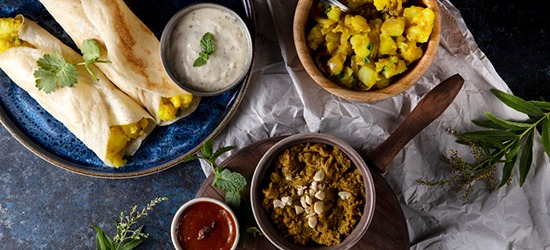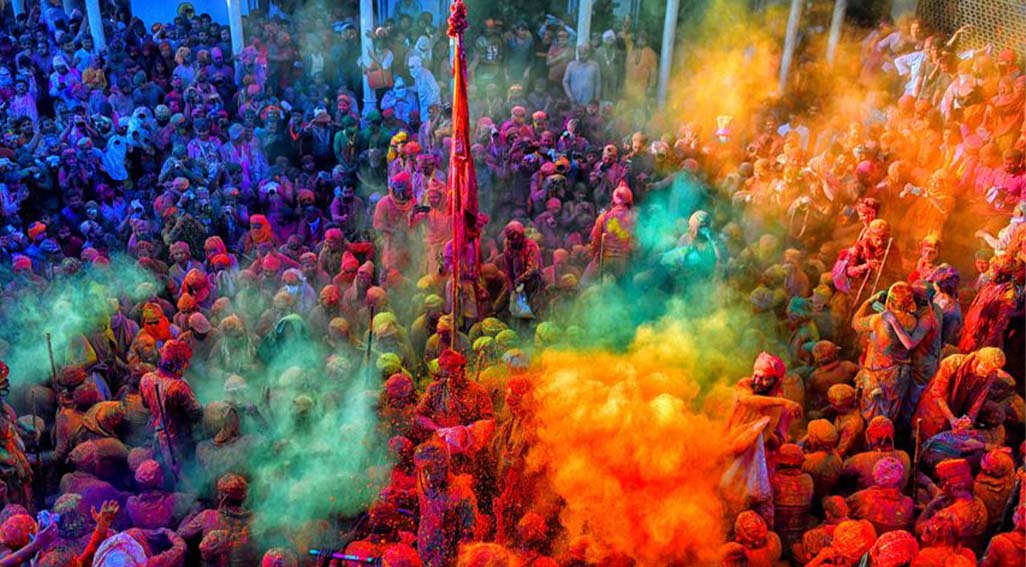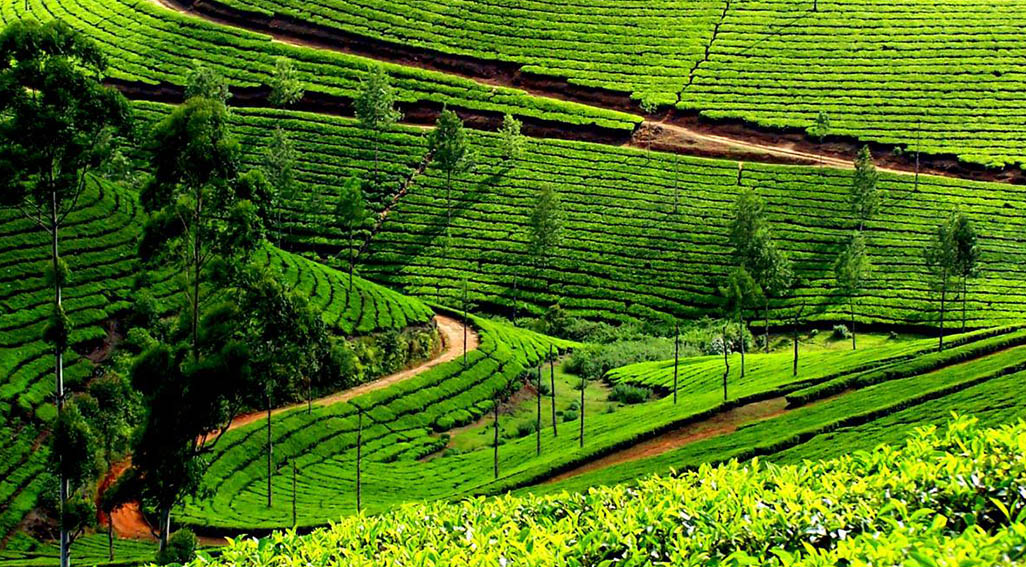It is fair to say that Indian cuisine is the most diverse in the world. There are 22 major languages in India, written in 13 different scripts, with almost 800 spoken dialects! There are more than 40 spices cultivated in India and every spice has a purpose, a distinct flavour and aroma. Mix them together and there are countless variations of flavours and aromas. It is impossible to know how many cuisines there are in India, but it is safe to say that since there are 28 states and 8 Union Territories in India, there are at least as many cuisines. Some of the states are so big that the cuisine and dialect changes as you drive every 200 kilometers!
Indian cuisine is just about as easy to explain as rocket science. The cuisine reflects an 8,000-year history. There have been so many rulers and settlers over the centuries who brought to India their own spices, style of cooking and taste preferences. Add to that the diversity of religions, ethnic groups, culture, traditions and belief systems, it is impossible to keep up with the culinary kaleidoscope. Don’t be surprised for a menu in a typical Indian restaurant to be 40 pages!
The only way to explain Indian cuisine is that the North, East, South, West and Northeast are the five main regional styles in Indian cooking. Each cuisine is defined by the vegetables and grains that grow due to the type of soil, climate, and topography. The only common threads between the cuisines of India can be watery, dry, various shades of red, mild, hot, very hot or impossible-to-imagine hot. But fear not, regardless of how hot the cuisine, there are mouthwatering desserts that are just as diverse and tasty as their savoury cousins.
North India
North India was influenced by the Moghuls who ruled India for three centuries until the British replaced them in the 1800’s. Their cuisine was rich with cream, nuts, dried fruits, tandoors and kebabs. And that’s the legacy they left behind.

South India
South Indian food is the exact opposite. Rice is the centre of their cuisine and is eaten at all meals in form of crepes and steamed rice cakes. With a vast coastal area with fresh fish and acres of spice plantations, this cuisine is simple yet very flavourful.

West India
The cuisine of the west region can be divided into two major sections— the coastal and the interior. The interiors use a lot of peanuts with lot of chillies, whereas the coastal areas have a healthy helping of coconut. Wheat is the main grain and therefore every meal is accompanied with fresh ‘wholemeal Roti’s’. The cuisine of Eastern states can be described as delicate and subtle, with fish and rice at the centre of the diet. The desserts from this region are loved by all and would find a place in almost every restaurant menu and sweet shop across the country.

Northeast India
Northeast India or the Seven Sisters (seven states) of Northeast as they are fondly called have their own unique cuisine which is famous for the pungent and aromatic food, despite the minimal use of oil and masalas. Having said that, one of the hottest chillies in the world is used in generous quantities (and sometimes as the main ingredient) in the food.

Indian Tea
There is no national dish of India. But the drink of the nation is certainly the Chai (or the humble tea). But the tea in India is far from the tea bag that is used in Western countries. Even the simple tea becomes ‘masala chai’ which is a concoction of various spices in exact proportion, brewed to perfection. Available in 5 star hotels as well as at road side ‘tea stalls’, it is the quintessential antidote to heat and stress of Indian life and is served before, after and in between meals.










